Do you have employees who bring mobile phones to work and use those devices on the corporate network? Do they store company data on these “Bring Your Own Devices (BYOD)”?? Does your company have a policy in place for this?
 First, the moment a person brings in their personal phone to work, there is a fusion of personal and business tasks that occur. And, equally as bad, company issued devices are used for personal use as much, if not more than the employees own devices. Not sure you believe this? Here are some stats:
First, the moment a person brings in their personal phone to work, there is a fusion of personal and business tasks that occur. And, equally as bad, company issued devices are used for personal use as much, if not more than the employees own devices. Not sure you believe this? Here are some stats:
A recent survey asked 2,000 office workers about their habit of using their personal mobile devices at work. Here’s what it found:
- 73% of people admit to downloading personal apps to tablets they got from their company.
- 62% of people admit to downloading personal apps to mobile phones they got from their company.
- 45% of people admit to downloading personal apps to notebooks they got from their company.
- The people who were most likely to do this were in the 25 to 38-year-old age group.
- 90% of people use their personal mobile devices to conduct business for work.
As you can see, a lot of people are using their mobile devices on the job, and this could not only put your company data at risk, but also the data associated with your clients. Do you have a plan to minimize or even totally prevent how much sensitive company data is wide open to hackers?
Solutions to Keep Sensitive Business Information Safe
Decision makers and business owners should always consider their personal devices as equal to any business device. You definitely don’t want your sensitive company information out there, and this information is often contained on your personal mobile or laptop device. Here are some things that you can do to keep this information safe:
Give Your Staff Information About Phishing Scams
Phishing is a method that cybercriminals use to steal data from companies. Studies show that it is extremely easy for even the smartest employees to fall for these tricks. Here’s how they work: a staff member gets an email with a sense of urgency. Inside the email is a link. The body of the email encourages the reader to click the link. When they do, they are taken to a website that either installs a virus onto the network or tricks the employee into giving out important company information.
Inform Your Staff that the Bad Guys Might Pose as Someone They Know
Even if you tell your staff about phishing, they can still get tricked into clicking an email link. How? Because the bad guys make these emails really convincing. Hackers do their research, and they are often skilled in the principles of influence and the psychology of persuasion. So, they can easily create fake emails that look like they come from your CEO or a vendor, someone your staff trusts. With this in mind, it might be best to create a policy where employees are no longer allowed to click email links. Pick up the phone to confirm that whatever an email is requesting, that the person who sent it is legitimate.
Teach Employees that Freebies aren’t Always Goodies
A lot of hackers use the promise of something free to get clicks. Make sure your staff knows to never click on an email link promising a freebie of any kind.
Don’t Buy Apps from Third-Party Sources
Apps are quite popular, and there are many that can help to boost productivity in a business setting. However, Apple devices that are “jailbroken” or Android devices that are “rooted” are outside of the walled garden of their respective stores and susceptible to malicious viruses. Make sure your employees know that they should never buy an app from a third-party source. Only use the official Apple App Store or the Google Play Store.
Always Protect Devices
It’s also important that you advise your employees to keep their devices protected with a password. These devices are easy to steal since they are so small. If there is no password, there is nothing stopping a bad guy from getting into them and accessing all of the accounts that are currently logged into the device.
Install a Wipe Function on All Mobile Devices Used for Business
You should also require all employees to have a “wipe” function on their phones. Even if they are only doing something simple, like checking their work email on their personal mobile device, it could get into the wrong hands. With the “wipe” function, the entire phone can be cleared remotely. You should also require employees to use the setting that erases the phone after a set number of password attempts.
Require that All Mobile Devices on the Company Network Use Anti-Virus Software
It’s also important, especially in the case of Android devices, that all mobile devices on the network have some type of anti-virus software.
Do Not Allow Any Jailbroken Devices on Your Company’s Network
Jailbroken devices are much more vulnerable to viruses and other malware. So, never allow an employee with a jailbroken phone to connect to your network.
All Employees Should Activate Update Alerts
One of the easiest ways to keep mobile devices safe is to keep them updated. So, make sure that all employees have update alerts enabled, and make sure that they are updating their devices when prompted or automatically.
Teach Employees About the Dangers of Public Wi-Fi
Finally, make sure your staff knows the dangers of using public Wi-Fi. Public Wi-Fi connections are not secure, so when connected, your devices are pretty open. That means, if you are doing things that are sensitive, such as logging into company accounting records, a hacker can easily follow. Instead, urge employees to use a VPN. These services are inexpensive and they encrypt data so hackers can’t access it.
Robert Siciliano personal security and identity theft expert and speaker is the author of 99 Things You Wish You Knew Before Your Identity Was Stolen. See him knock’em dead in this identity theft prevention video.
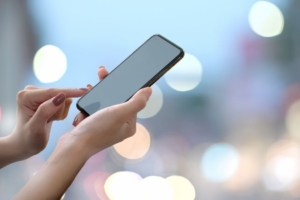

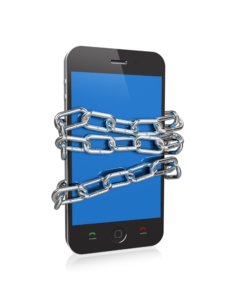
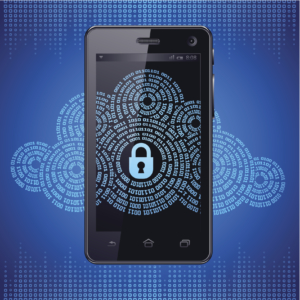
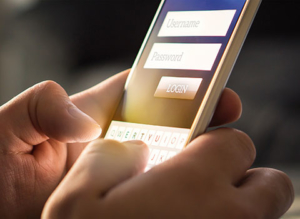 The Legalities of Tracking Cell Phones
The Legalities of Tracking Cell Phones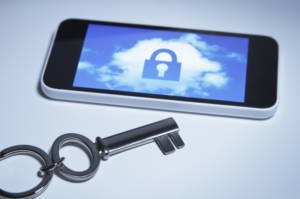 CallApp
CallApp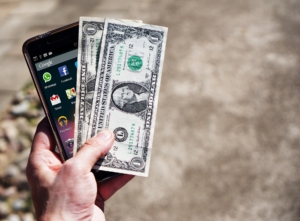 For now, we have to figure out a way to keep this appendage juiced up without being lured into a data-sucking battery-charge station.
For now, we have to figure out a way to keep this appendage juiced up without being lured into a data-sucking battery-charge station. First, the moment a person brings in their personal phone to work, there is a fusion of personal and business tasks that occur. And, equally as bad, company issued devices are used for personal use as much, if not more than the employees own devices. Not sure you believe this? Here are some stats:
First, the moment a person brings in their personal phone to work, there is a fusion of personal and business tasks that occur. And, equally as bad, company issued devices are used for personal use as much, if not more than the employees own devices. Not sure you believe this? Here are some stats:


























